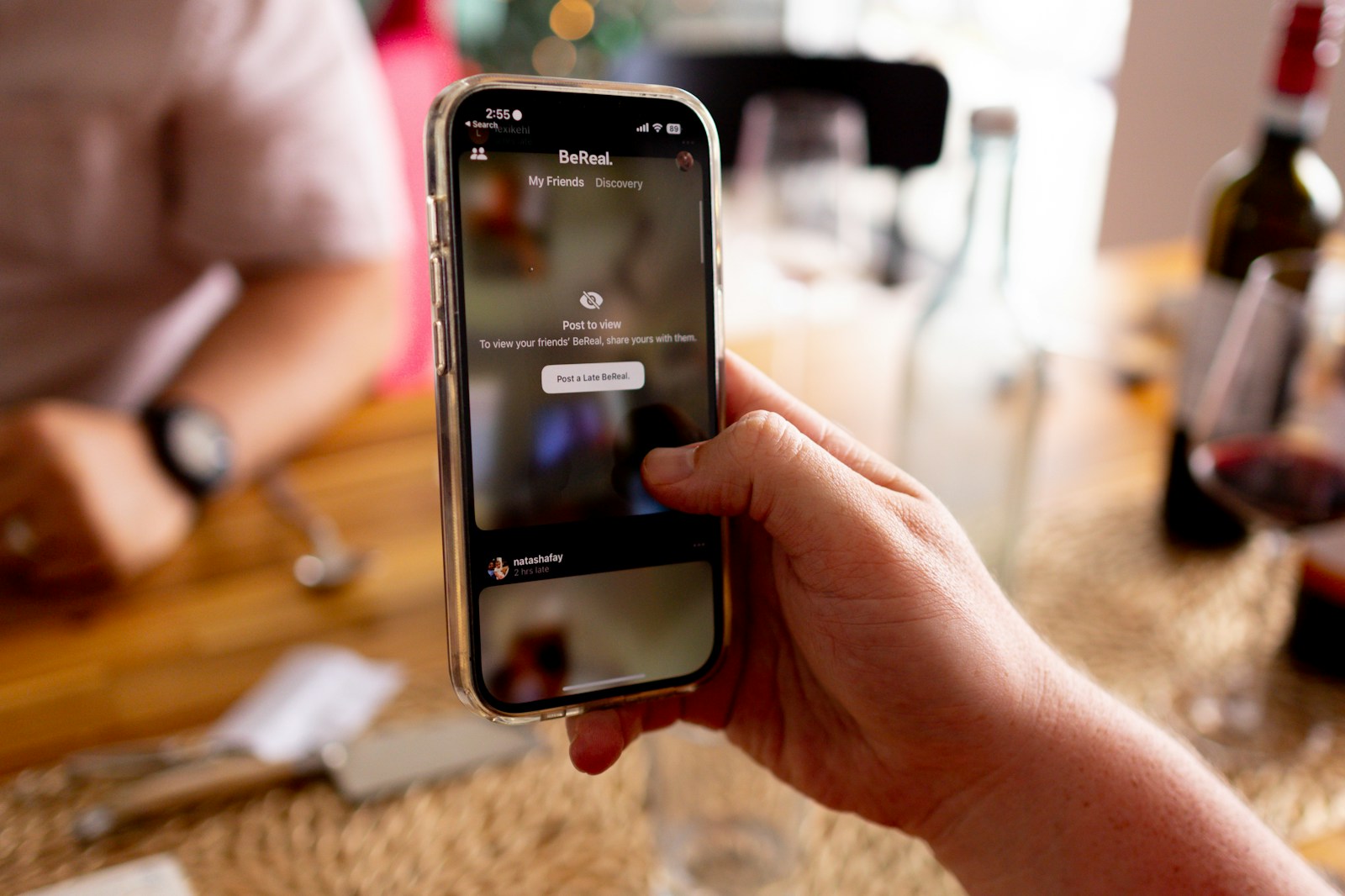Maintaining the cleanliness and functionality of your electronics is essential for their longevity and performance. Dust, fingerprints, and grime can accumulate over time, affecting both aesthetics and functionality. However, cleaning electronics requires careful consideration to avoid damage. Here’s a comprehensive guide on how to safely clean and maintain your electronic devices.

1. Gather the Right Supplies
Before starting the cleaning process, ensure you have the appropriate materials on hand. Here’s a list of recommended supplies:
Microfiber Cloths: Soft, non-abrasive cloths that won’t scratch surfaces.
Isopropyl Alcohol (70% or higher): Effective for disinfecting and removing sticky residues.
Distilled Water: Helps avoid mineral deposits when cleaning screens and surfaces.
Compressed Air Canister: Useful for blowing dust out of tight spaces like keyboards and vents.
Cotton Swabs or Foam Swabs: Good for cleaning small areas and crevices.
Screen Cleaning Solution: Specifically designed for electronics (avoid ammonia-based cleaners).
2. Power Down and Unplug Devices
Before cleaning, always turn off and unplug your devices. This not only ensures your safety but also prevents any accidental damage during the cleaning process. For battery-operated devices, consider removing the batteries if possible.
3. Cleaning Screens
Screens are often the most visible and frequently used parts of electronics, making them prone to smudges and fingerprints. To clean your screens:
Use a Microfiber Cloth: Gently wipe the screen with a dry microfiber cloth to remove dust and fingerprints. Use circular motions to avoid streaks.
Moisten the Cloth: If needed, lightly dampen a microfiber cloth with a mixture of distilled water and isopropyl alcohol (50/50) or use a commercial screen cleaner. Never spray directly onto the screen; always moisten the cloth first.
Avoid Harsh Chemicals: Do not use ammonia-based cleaners, paper towels, or rough fabrics, as they can damage the screen’s coating.
4. Cleaning Keyboards and Mice
Keyboards and mice can accumulate dust, crumbs, and oils from your hands. To clean these peripherals:
Use Compressed Air: Hold the keyboard upside down and use compressed air to blow out debris between the keys. This is particularly effective for removing trapped dirt.
Wipe with a Damp Cloth: Dampen a microfiber cloth with isopropyl alcohol and gently wipe the keys and surfaces of the keyboard and mouse.
Deep Clean Keys: For deeper cleaning, consider removing individual keys (if your keyboard allows) to clean underneath them. Refer to the manufacturer’s instructions for safe key removal.
5. Cleaning Laptops and Tablets
When cleaning laptops and tablets, follow these guidelines to avoid damage:
Use a Microfiber Cloth: Wipe the exterior and screen with a dry microfiber cloth.
Avoid Excessive Moisture: When using a damp cloth for cleaning, ensure it’s only slightly moist to prevent liquid from seeping into the device.
Clean Ports Carefully: Use a can of compressed air to blow dust out of ports and vents. Be careful not to insert anything into the ports that could cause damage.
6. Cleaning Audio and Video Equipment
Speakers, televisions, and other audio/video equipment require special attention:
Dust Regularly: Use a microfiber cloth to dust the surfaces of speakers and televisions regularly.
Screen Cleaning for TVs: Clean TV screens as you would clean computer monitors. Use a gentle approach, and never press hard on the screen.
Check Speaker Grilles: If your speakers have removable grilles, take them off and gently vacuum or wipe them down to remove dust.
7. Maintaining Battery Health
Batteries are a crucial component of many electronic devices. To extend their lifespan:
Avoid Extreme Temperatures: Keep devices in environments with moderate temperatures. Extreme heat or cold can harm battery performance.
Charge Properly: Avoid letting batteries drain completely before recharging. Try to keep them between 20% and 80% charged for optimal health.
Clean Battery Contacts: Occasionally, use a cotton swab lightly moistened with isopropyl alcohol to clean battery contacts for better connectivity.
8. Storing Electronics Safely
When not in use, how you store electronics matters:
Use Cases and Covers: Store devices in protective cases or covers to prevent dust accumulation and physical damage.
Keep Away from Direct Sunlight: Avoid storing electronics in areas with direct sunlight or extreme humidity, which can cause overheating or moisture damage.
9. Routine Maintenance
Establishing a routine for cleaning and maintaining your electronics can prevent build-up and prolong their lifespan:
Set a Schedule: Plan to clean your devices every few months, or more frequently if you use them heavily.
Monitor Performance: Pay attention to how devices perform over time. If you notice slowdowns or performance issues, a thorough cleaning may be needed.
Conclusion
Proper cleaning and maintenance of your electronics not only enhance their performance but also prolong their lifespan. By following these guidelines—gathering the right supplies, cleaning screens and peripherals carefully, maintaining battery health, and storing devices properly—you can ensure your electronics stay in top condition. Regular care will help you enjoy your devices for years to come, making your technology experience more efficient and enjoyable.